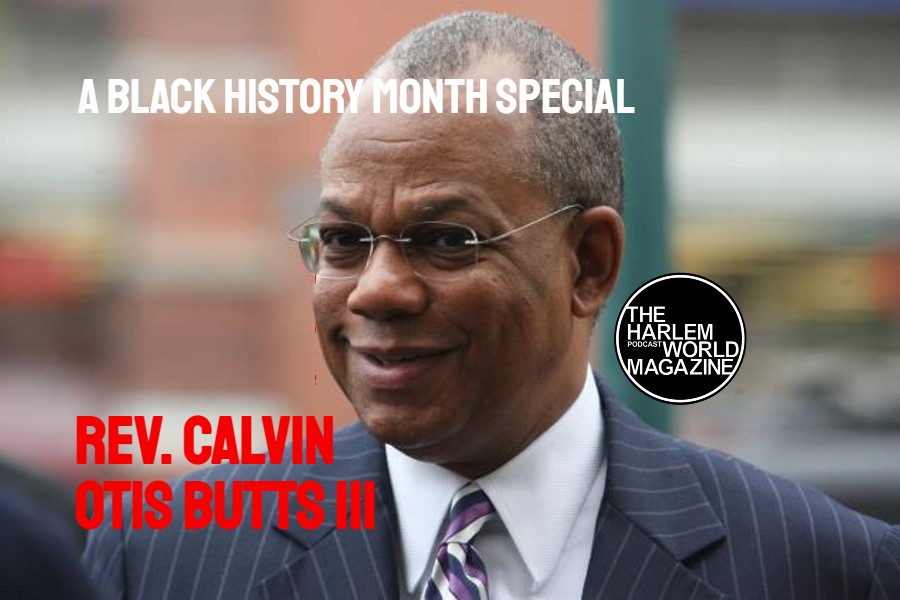By Walter Rutledge
The Philadelphia Dance Company, better know by its acronym Philadanco, concluded their New York season at the Joyce Theater on Sunday October 7. During the six day run the company presented four ensemble works by four African American choreographers. The works, which spanned over forty years, offered an insightful and entertaining glimpse into the “Black Dance tradition”. The fifteen-member company featured many outstanding individual performers, but the real standout of the season was Philadanco.
Suite Otis choreographed by Tony and Emmy Award winner George Faison opened the program. The work premiered on Faison’s own company the George Faison Universal Dance Experience on August 2, 1971 and has enjoyed various reincarnations including numerous revivals by the Alvin Ailey American Dance Theater. Suite Otis explores love, lost and relationships, while taking full advantage of the now timeless rhythm and blues music of the late Otis Redding.
Multiple turns, high extending lines and movement passages performed at a daredevil break-neck speed are punctuated throughout the work. Philadanco rose to the challenge and the result was an exciting and oft-time humorous battle royal between the sexes. The dance has retained a freshness and vitality, which makes Suite Otis a true dance theatre classic. By the end of the work Faison’s directed and succinct storytelling combined with strong stagecraft and uncluttered choreographic form had us all desiring a little more “Tenderness”.
It was good seeing a revival of Ron Brown’s Gatekeeper. The work premiered in 1999 and contains many movement and design elements, which would later become signatures of his choreographic style. Brown’s easy and joy of moving is perfectly accompanied by Wunmi Oiaiya’s original rhythmic and pulsating score.
Tommie- Waheed Evans large physical presence was appropriately balanced by his commanding stage prowess. The remaining cast of five female performers; Heather Benson, Elyse Browning, Chloe O. Davis, Lindsey Holmes and Roxanne Lyst, dance with commitment and abandon. Without negating the obvious physicality of the performers the work has an androgynous undercurrent, this assists in placing the visional and kinetic emphasis on the movement first.
In recent years the music of the legendary song stylist Nina Simone has enjoyed a resurgence of popularity. This has spawned a number of dance works that feature her unique and distinctive vocal style. The world premiere of Moan by Matthew Rushing picks up this mantle with mixed success.
The work opens with Elyse Browning in a colorful regalia evoking/channeling Simone, while the company is upstage in a silhouetted tableau. The drab grey/black costumes of the ensemble were in clashing contrast with the Simone character. As the section progressed Browning retained an almost ethereal demeanor even as the dancers swarmed the stage. At the end of this section Browning leaves the stage. She makes a brief re-appearance in the last section possibly to remind us what this work was or should have been about.
In between was a series of four vignettes whose correlation to the work and each other was Simone’s music. Rushing clearly has a strong understanding of choreographic structure and devise, and an acute sense of the theatrical. There were glimmers throughout these smaller more intimate sections, but it was not sustained and moved toward cliche. As with new works more exploration will discover new invention.
New York Premiere Wake Up by North Philadelphia native Rennie Harris closed the evening. The work combined movement elements generally associated it street dance to make a socio-political statement. This concept of art as a force for social commentary evokes the mother of modern dance Martha Graham.
Set to the music of Nigerian Afrobeats composer Fela Kuti, Wake Up is a movement and music tour de force. The work celebrates the defiance, pride, and self-determination, which became synonymous with both the Black Pride and Black Power movements of the late 1960’s and 70’s in America. These social movements captured the attention of the entire world permeating every aspect of Black American life; moving the struggle for equality onto the world stage. Fela, through his music was able to exact social awareness and change to the oppression and corruption in his Nigerian homeland.
Harris has used this stylistic movement base to address the continued disenfranchisement of African American and Latino youth in our society. The work has a high-energy non-stop hip-hop style, that is then staged in a formal presentational/theatrical format. From an anthropological point of view Wake Up continues one of the oldest forms of the indigenous storytelling tradition, the use of movement as communication, a practice that predates spoken and written language.
It is hard to fathom that at the time of Philadanco’s founding in 1970 the city offered very few professional opportunities for minority artists. In fact prior to Philadanco’s inception the only place you could see black faces dancing en mass in Philadelphia was the Mummer’s Parade, and that was the wrong kind of blackface. Now forty-three years later, despite shrinking arts funding and rising production costs Philadanco is still going strong and dancing better than ever.
In Photo: 1) Rosita Adamo 2) George Faison 3) Heather Benson and Ruka White
Photo Credit: 1) Lois Greenfield 2) Jonathan Atkin 3) Chester Higgins
Related articles

Become a Harlem Insider!
By submitting this form, you are consenting to receive marketing emails from: Harlem World Magazine, 2521 1/2 west 42nd street, Los Angeles, CA, 90008, https://www.harlemworldmagazine.com. You can revoke your consent to receive emails at any time by using the SafeUnsubscribe® link, found at the bottom of every email. Emails are serviced by Constant Contact

























